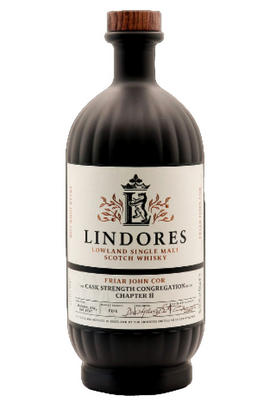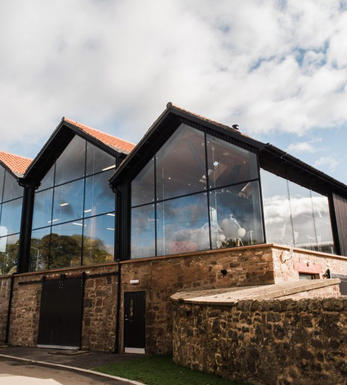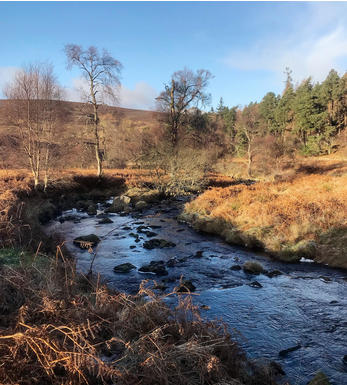
Lindores Abbey, Friar John Cor, Cask Strength Congregation Chapter II, Lowland, Single Malt Scotch Whisky (60.9%)

About this SPIRIT

Lindores Abbey Distillery
Just east of Newburgh, overlooking the Tay River in Scotland’s Lowlands sits Lindores Abbey Distillery – arguably, the spiritual home of Scotch whisky. The distillery occupies the site of the eponymous Lindores Abbey, founded in 1191. The earliest written reference of aqua vitae (as Scotch whisky was then known) appears in abbey documents from 1494 when Brother Jon Cor was tasked with producing it for King James IV.
The self-described “Custodians of Lindores” are Drew McKenzie Smith and his wife Helen. Lindores has been in the family since Drew’s grandfather bought Lindores farm in 1913 but it is Helen and Drew who have restored whisky production at Lindores in their newly built distillery. Working with legendary whisky consultant Dr Jim Swan throughout the design process, the buildings incorporate the abbey’s history and archaeology with swathes of modern glass and light. The first single malt whisky was then released in 2021.
As well as producing a selection of single malts, Lindores Abbey stays true to its roots and still makes an Aqua Vitae botanical spirit made with local herbs and spices including Douglas fir.

Lowlands Whisky
Lowland whiskies come from the area north of the English border, and south of a line drawn between Greenock in the west, and Dundee in the east. Traditionally they have been the source of a lot of the whisky to be used for blends, as such the style is much lighter than other regions, with little or no peat. By the late 19th centaury almost the entire production of the Lowland distilleries went for blending
The growth in popularity and power of the Highland and Speyside distilleries, has been matched by a fall from favour for Lowland producers, to such an extent that today there are only three left in production. By far and away the two biggest whisky distilleries are Auchentoshan and Glenkinchie. The third being Bladnoch, which is also, the most southerly distillery of all.
Auchentoshan Distillery is on the northern edge of Glasgow and was founded in 1800. It has a light, cereal and citrus nose and a clean, dry finish. Glenkinchie Distillery is located at Pencaitland, just outside Edinburgh. Typical of Lowland malt whiskies: fragrant and reserved, with a clean, fresh flavour.
There are some silent stills, whose whiskies are still found from time to time. Rosebank is quite often seen and was generally considered to be the best Lowland malt. Occasionally, but more rarely seen are St.Magdalene from Linlithgow, Littlemill from Bowling Dumbartonshire and Ladyburn, which was housed inside William Grants grain distillery at Girvan on the Ayrshire coast.


Buying options
Add to wishlist
Description
The nose on this whisky is incredibly intriguing, with dark sugar, cinnamon and nutmeg notes. There is peat, but a judicious amount owing to peated casks and not peated spirit. Similar flavours follow through onto the palate with layers of complexity. This is the spirit that keeps on giving and adding a drop of water really brings out the citric notes. The black bottle, emulating the black cloth tunics worn by the monks of Lindores Abbey nods to the history of this distillery’s location.
Matthew Cobb, Account Manager, Berry Bros. & Rudd (July 2023)
spirit at a glance
Delivery and quality guarantee